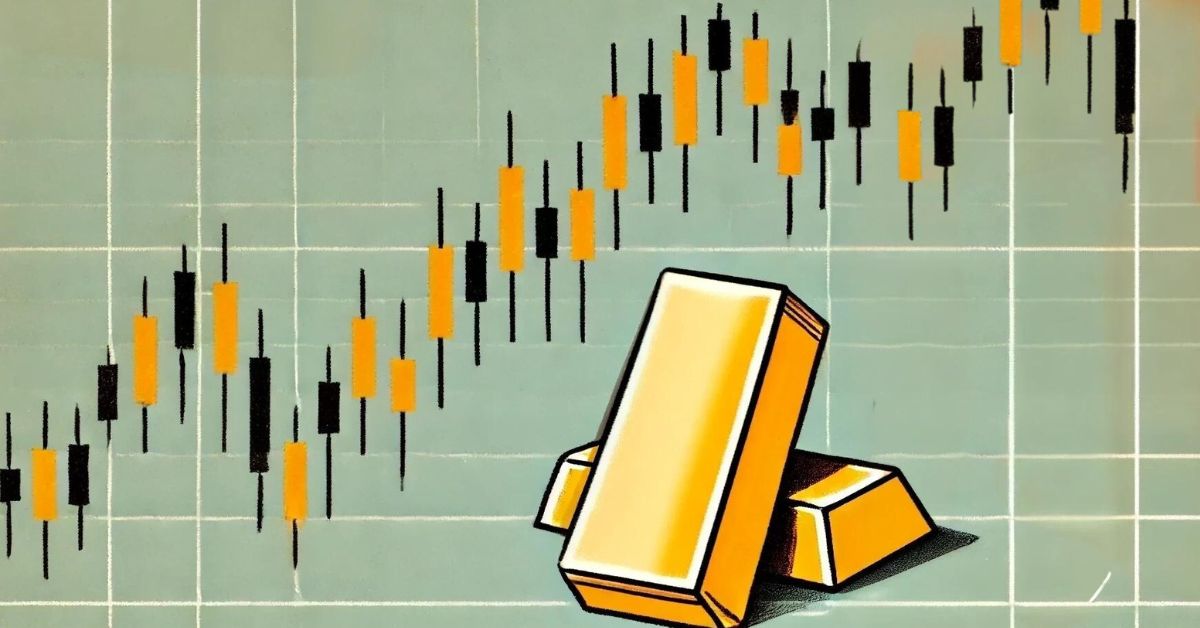Article

Gold has always been the first port of call when investing in precious metals. With its reputation as a safe-haven asset, gold is seen as a reliable store of value, especially during times of economic uncertainty. However, navigating the gold market requires more than just understanding its historic appeal; it demands a keen insight into the factors influencing gold price movements.
In this article, we’ll examine the dynamics of gold prices, explore the key factors driving them, and offer valuable insights that every investor should consider before adding gold to their portfolio.
The Fundamentals Behind Gold Price
Gold prices are influenced by a whole host of factors, ranging from macroeconomic trends to geopolitical events. Here’s a breakdown of the most significant drivers:
1. Supply and Demand: Like any other commodity, gold prices are influenced by the basic economic principle of supply and demand. While gold mining contributes to supply, demand comes from various sectors, including jewellery, technology, and investments. In recent years, there has been a noticeable increase in demand from central banks, which view gold as a hedge against currency fluctuations.
2. Inflation and Currency Values: Gold can serve as a hedge against inflation. When inflation rises, the value of currency typically declines, prompting investors to seek refuge in gold, which tends to maintain its value. Similarly, when major currencies like the U.S. dollar weaken, gold prices typically rise as gold becomes cheaper for investors holding stronger currencies.
3. Geopolitical Events: Political instability, wars, and international tensions often lead to uncertainty in the markets, which can drive up the demand for gold. During such times, investors flock to gold as a safe-haven asset, increasing prices.
4. Interest Rates: There’s an inverse relationship between interest rates and gold prices. When interest rates are low, the opportunity cost of holding gold (which doesn’t yield any interest) decreases, making gold more attractive. Alternatively, when interest rates rise, investors might prefer income-generating assets over gold.
5. Market Sentiment: Investor sentiment and speculative activity can also impact gold prices. During periods of market optimism, investors may move away from gold in favour of higher-yielding assets. On the flip side, during market downturns or periods of fear, the flight to safety can drive up gold prices.
Gold Price Trends: What to Watch For in 2024
As we look ahead to 2024, several trends and potential developments could significantly impact gold prices:
• Central Bank Policies: With many central banks around the world shifting their monetary policies in response to inflation and economic recovery, watch for how these moves influence gold demand. Any indication of prolonged low interest rates could be bullish for gold.
• Global Economic Recovery: As the global economy continues to recover from recent shocks, particularly post-pandemic, the pace and stability of this recovery will play a crucial role in determining gold prices. A robust recovery could lead to lower gold prices as investors regain confidence in riskier assets, while a slow or uneven recovery could keep gold in demand.
• Geopolitical Uncertainty: With ongoing tensions in various regions, including potential conflicts and trade wars, geopolitical risk remains a crucial factor. Investors should keep a close eye on these developments as they could trigger increased demand for gold.
Strategies for Investing in Gold
Investing in gold can be done through various avenues, each with its own risk-reward profile:
1. Physical Gold: Purchasing physical gold (coins, bars) is a direct way to invest, but it requires secure storage and may come with higher premiums and transaction costs.
2. Gold ETFs: Exchange-traded funds (ETFs) offer exposure to gold without owning it physically. They are a convenient option for investors looking for liquidity and ease of transaction.
3. Gold Mining Stocks: Investing in companies that mine gold can offer leveraged exposure to gold prices. However, this comes with additional risks, including company-specific risks and broader market volatility.
4. Gold Futures and Options: For more experienced investors, futures and options allow them to speculate on gold prices with higher potential rewards and risks.
You can discover more about the different types of Gold investment here.
Is Gold Still a Safe Bet?
The gold market continues to offer opportunities for investors, but understanding the factors that influence gold prices is crucial for making informed decisions. Whether you’re a seasoned investor or new to the world of precious metals, staying informed about economic trends, geopolitical events, and market sentiment can help you navigate the complexities of the gold market.
As always, it’s essential to consider your investment goals, risk tolerance, and the overall composition of your portfolio before diving into gold. While gold has proven its worth over time, it’s essential to approach it with a well-rounded strategy that aligns with your broader investment objectives.





